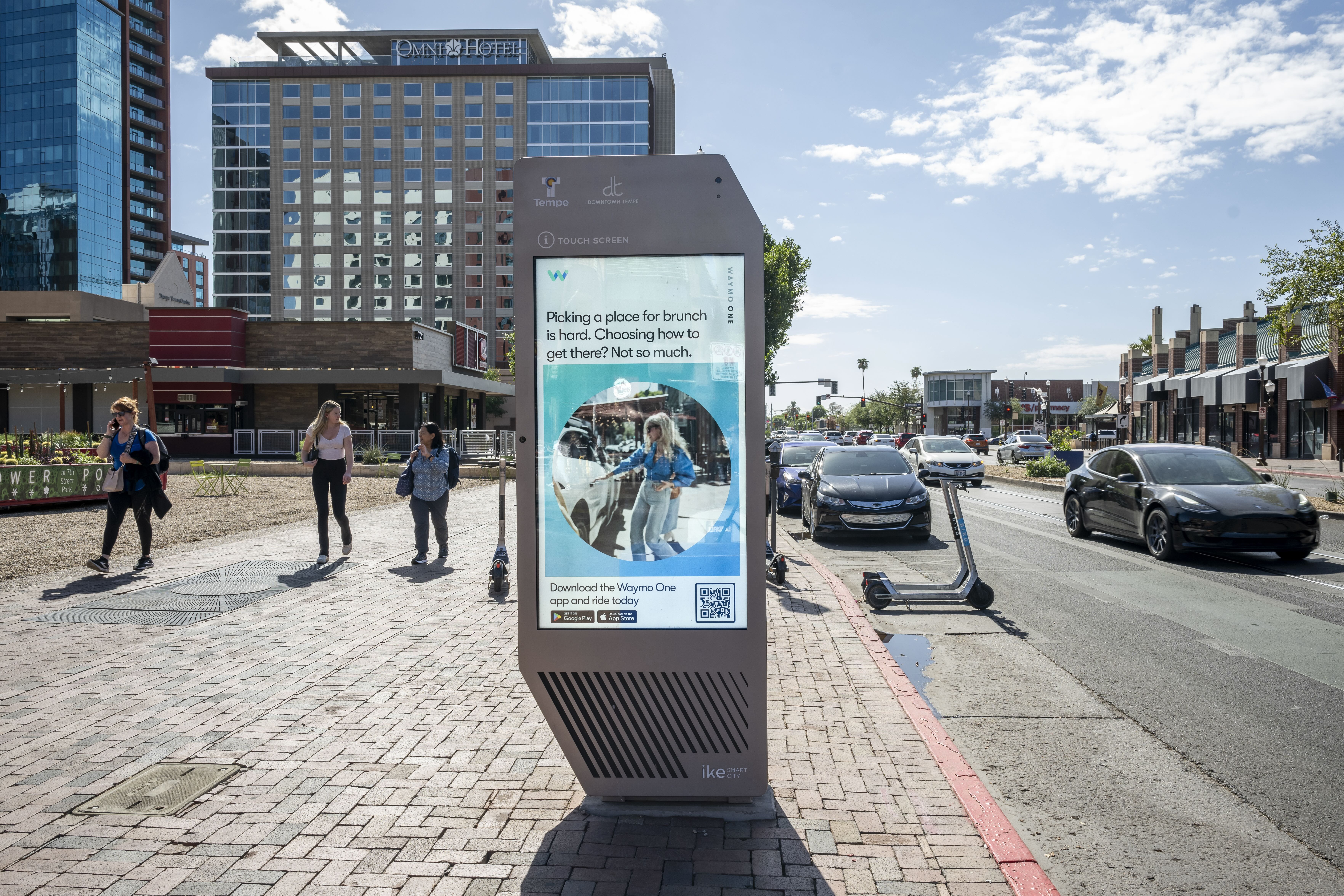Are you considering programmatic digital out-of-home (pDOOH) for your next campaign?
Programmatic enables buying ads based on impressions, allowing you to target more specific audiences and access granular data for attribution.
This article explains the metrics available for pDOOH, how to set up campaign goals, and the insights you can glean from a pDOOH campaign.
What Metrics are Available for pDOOH?
Measuring pDOOH metrics and insights will help you map the customer journey and find the best mix of inventories within or across markets to maximize ROI and meet your marketing objectives, such as targeting a specific audience or achieving a reach frequency.
At Billups, when we run a pDOOH campaign, we look at the following metrics:
- Impressions and CPM within the stated budget: We ensure we deliver the highest possible number of impressions within the set targeting requirements.
- Target audience impressions: This is the estimated number of impressions of the client’s target audience, such as women aged 25-45 who are sportswear shoppers.
- Reach and frequency estimation: Billups can use historical data to plan campaigns with targeted reach or frequency and re-assess the actual reach and frequency results after the campaigns.
- Location and website visitation study: Billups’ in-house science team or a third-party data provider can analyze the physical and online traffic driven by your campaign.
- Brand or sales lift study: These studies show a lift in brand favorability and an increase in sales, respectively.
Understanding and comparing these metrics with market averages is vital to cost-efficient programmatic campaigns.
How To Set Up Programmatic DOOH Campaign Goals
To plan and measure a programmatic DOOH campaign, you must define the campaign goals and KPIs. These can include:
1. Increasing brand awareness in the specific market:
- Use the maximum available venue types that fit your audience's targeting and brand. Exclude venue types with a relatively small impression count.
- Apply dayparting and limit ad play hours depending on your budget.
2. Driving foot traffic to your locations (point of sale):
- Employ POI targeting within a 1-mile, 3-mile, or 5-mile radius, depending on your type of business, locations, and budget.
- Select the maximum available venue types within the chosen radius that comply with your brand positioning.
- Take advantage of dayparting and ensure it matches your locations’ working hours.
- Use multiple creatives (such as those tailored to time of day) to ensure they fit the environment and help navigate people toward your location.
3. Reach a large audience within a short time period (e.g., event promotion):
- Select multiple venue types with high target audience concentration.
- Use dayparting to choose more screens with your target audience concentration peaks.
- Try different creatives to drive an updated message to your audience, e.g., days left, tickets left, and last sales.
4. Drive website traffic/app downloads.
- Target venues with high dwell time, such as place-based networks, bars, office buildings, gyms, and gas stations.
- Employ video creatives where possible with the maximum accepted lengths (some venues can play 15 or 30-second videos at the same cost).
- Ensure your website and app name are visible and the message is clear. The creative itself plays a vital role in driving traffic - your Billups advisors are happy to suggest best practices.
Use Attribution Models to Improve Programmatic DOOH
Attribution allows you to identify who was exposed to a programmatic DOOH ad and what actions they took online or offline as a result.
At Billups, we can deliver attribution studies on your programmatic campaigns regardless of the DSP in use. However, to enable attribution measurements, your campaign must meet minimum requirements, such as budget, total impression number, and venue types.
These attribution studies enable you to use metrics, including exposure, location, or website visitation lift per market or unit types, so you can optimize your campaigns by excluding underperforming units and shifting your budget to more successful sites for better results.
Thanks to advances in data science, we can now collect and analyze a large volume of information to revolutionize OOH advertising. Brands can leverage granular segmentation to deliver their audiences the most relevant and timely messages.
Get Started with Measuring your pDOOH Campaigns
You can use various tools and platforms to measure pDOOH campaign results. These can help you aggregate mobile and online channels, use retargeting to improve conversions, leverage mobile and geofencing technology to inform targeting, and more.
Want to learn more about how we can help you with your pDOOH campaigns?
At Billups, we have in-house programmatic specialists who can work with you to help create detailed plans for each or any of these goals and execute the campaigns efficiently. Contact us today!
